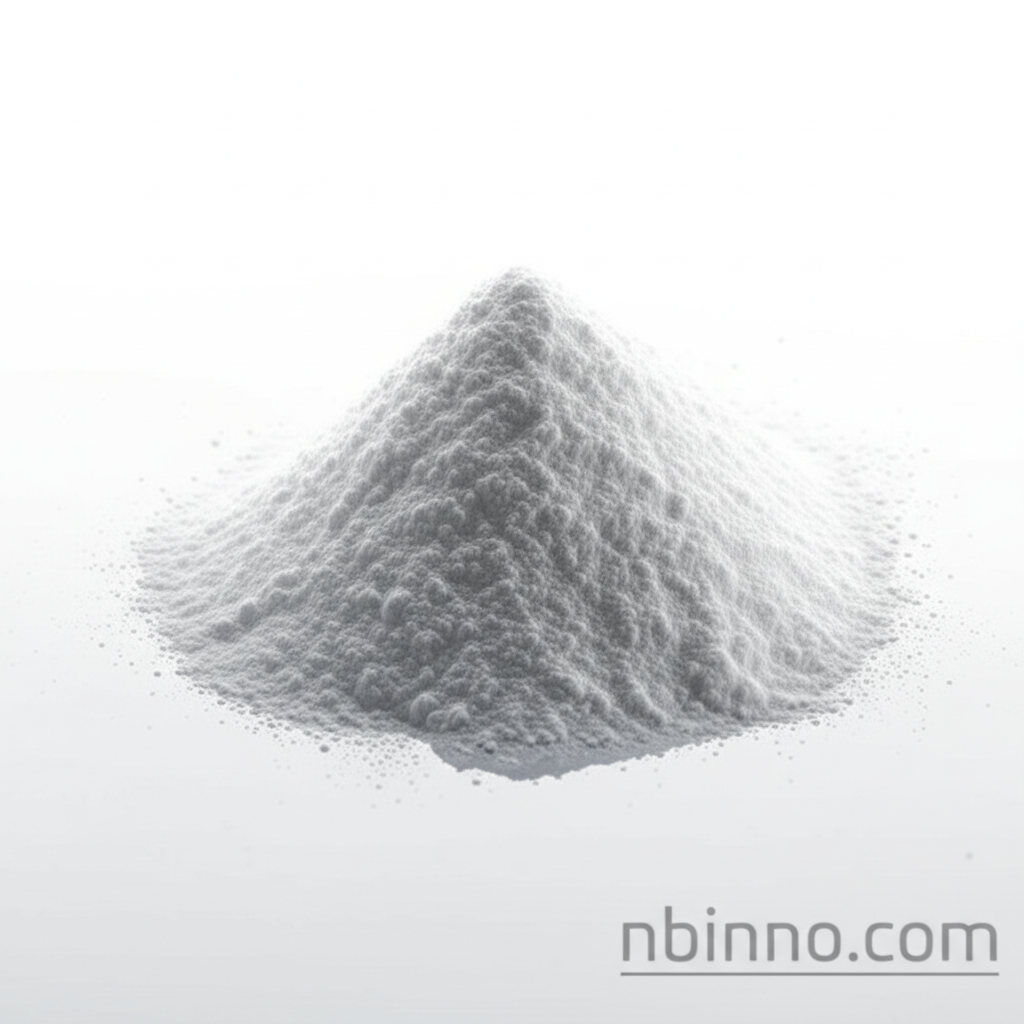Tripelennamine Hydrochloride: Understanding a Classic Antihistamine
Explore the properties, uses, and considerations of Tripelennamine Hydrochloride (CAS 154-69-8).
Get a Quote & SampleKey Product Value

Tripelennamine Hydrochloride
Tripelennamine Hydrochloride is a well-established first-generation antihistamine, primarily used to alleviate symptoms associated with allergic reactions. Its mechanism involves blocking H1 histamine receptors, effectively reducing common allergy symptoms.
- Tripelennamine hydrochloride uses include treating allergic conditions like hay fever and urticaria, providing relief from itching and inflammation.
- The tripelennamine hydrochloride mechanism of action centers on competitive inhibition of H1 receptors, preventing histamine binding.
- Tripelennamine hydrochloride administration can be oral or injectable, with varying onset times for symptom relief.
- Understanding tripelennamine hydrochloride drug interactions is crucial, especially with CNS depressants and MAOIs, to prevent adverse effects.
Benefits of Tripelennamine Hydrochloride
Allergy Symptom Relief
Effectively manages symptoms like itching, sneezing, and runny nose by acting as a histamine H1 antagonist. This contributes to a better quality of life for those suffering from allergies.
Established Efficacy
With a long history of use since the mid-20th century, tripelennamine hydrochloride has a well-documented efficacy profile for treating various allergic manifestations.
Versatile Administration
The availability of both oral tablets and injectable forms allows for flexible treatment strategies, catering to different patient needs and severity of allergic reactions.
Key Applications
Allergic Rhinitis
Used to combat the symptoms of allergic rhinitis, commonly known as hay fever, including sneezing and nasal congestion, offering relief from environmental allergens.
Urticaria Management
Effective in treating urticaria (hives), reducing the itching and skin inflammation associated with allergic skin reactions.
Asthma Adjunct
Can be used as an adjunct in managing symptoms of asthma, particularly when related to allergic triggers, in combination with other medications.
Antipruritic Use
Broadly applied as an antipruritic agent to relieve itching from various causes, including insect bites and skin irritations.
